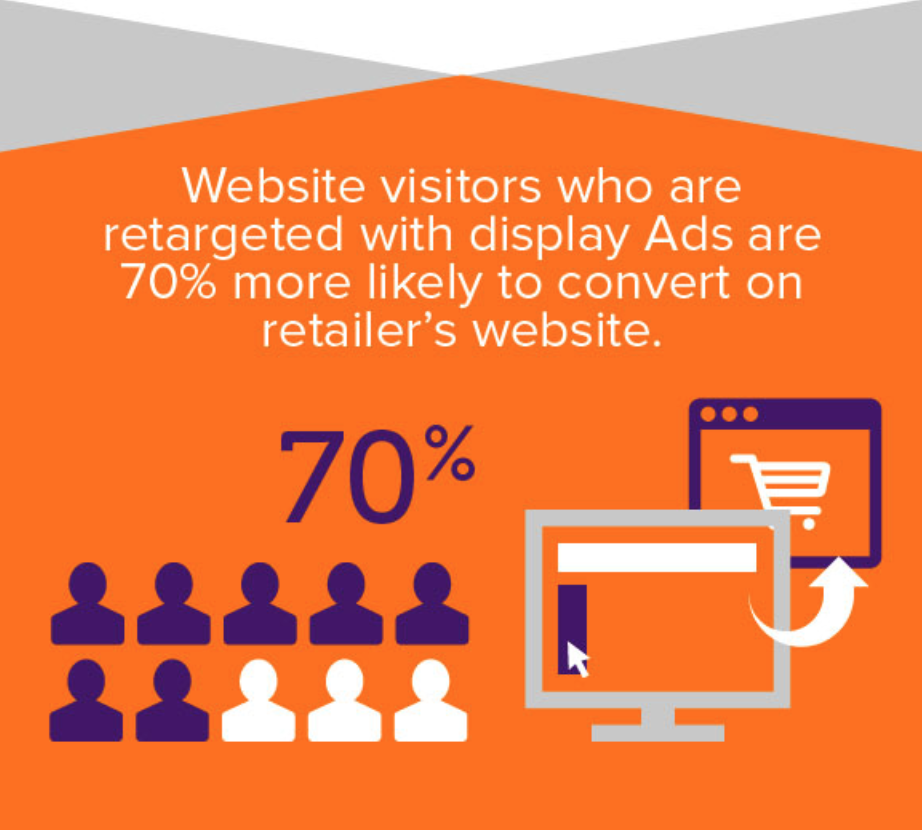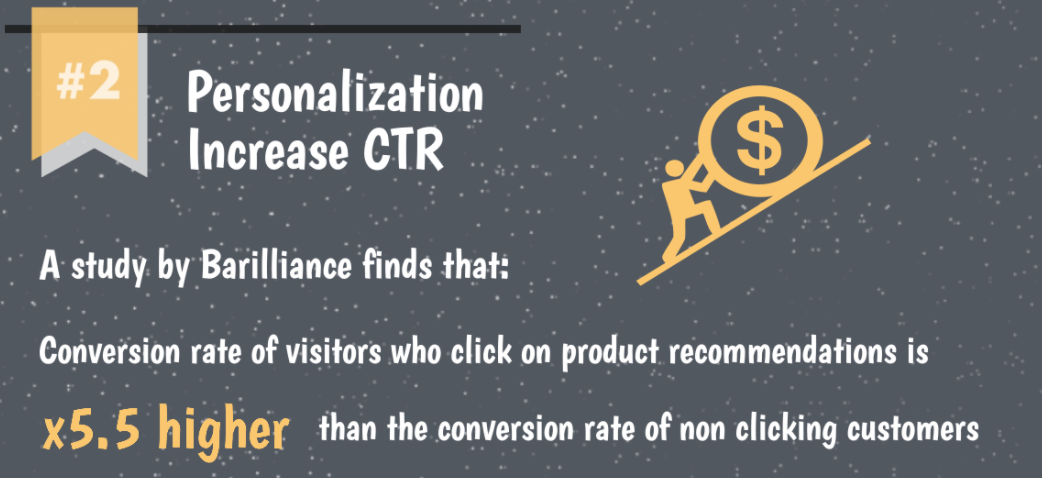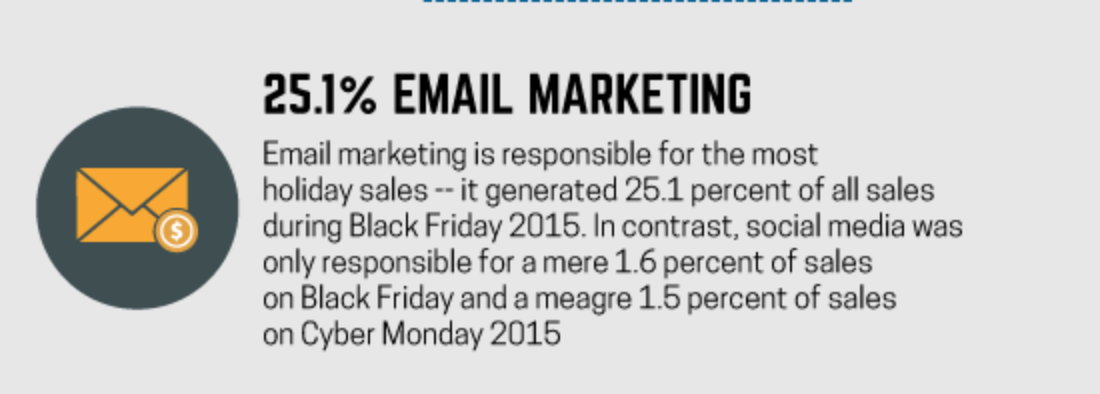There are plenty of buzz-words going around in tech right now, but the term that has the most practical implications for retailers in Spring 2018 is something much simpler than “voice search” or “virtual reality.” It is the ability to respond to data in real-time that’s more important to the marketing success of a company than any other sweeping technology trend being sold to retailers right now. For companies to have a high success rate with their marketing methods, they need the capability to quickly respond to industry trends and shifts in consumer sentiment. This allows businesses to send consumers marketing communications which can be quickly refined based on which social media platforms, preferred advertising channels and promotional messages appeal to that particular customer at a given moment.
Knowing When to Send a Message
The biggest factor in a company’s success with their personalization initiatives, then, is time. Consider this: AdAge reports that 80 percent of consumers are more likely to do business with a company if it offers a personalized experience. It’s true that this refers to analytics compiled from long-term customer relationships that help brands know what marketing message to send to customers; but also – and perhaps more importantly – this refers to the analytics which help companies determine the best day and time to send marketing messages to a specific customer in order to incentivize them to make a purchase.
To better understand why you need to be able to send the right customer the right message at the right time, think about it like this: How much more likely are you to read, consider, or act on advertising messages from your favorite brands on payday, when all of your expendable income is just sitting there in the bank? Well… most customers are no different, which why this is just one example of how timing truly is everything when it comes to sending marketing messages with measurable ROI.
Following Up in the Right Way
Want to know how not to personalize your marketing efforts? Don’t send customers advertisements or promotions for an item they just bought. This happens in retail way more often than it should, and it stems from a company’s failure to fully integrate their back-of-house technologies to provide real-time data sharing across systems. When technologies aren’t fully integrated it results in an inability for a retailer’s POS system to communicate relevant information, such as the price point and SKU of purchased products, to their CRM system.
When there is this type of a disparity in information sharing between systems, there is nothing preventing a company’s software from making common marketing mistakes that can make customers feel undervalued, such as sending an email saying, “We haven’t seen you in a while,” when that customer just made an online purchase that day, or bombarding a customer’s iPhone with product images of an item they just bought.
An Opportunity for Fast-Action
A recent study by Accenture and Forrester found that customers are underwhelmed by the digital experiences being delivered by most brands. In fact, only 7 percent of existing brands are actually exceeding customer expectations. This means that the bar is still very low for omnichannel experiences, and that companies can set themselves apart by giving customers a targeted, synchronized experience along their path-to-purchase.
As the global conversation about technology continues, an increasing number of company leaders are getting distracted by advancements in arenas such as virtual reality and in-store robots. As a result, there is more opportunity than ever for business-owners to differentiate themselves by refining their customer experience and exceeding customer expectations with real-time personalization and targeted omnichannel marketing initiatives. NectarOM makes it easy for businesses to fully integrate their back-of-house processes, so they can accurately and skillfully respond to customer behavior in real time.











 Image source
Image source Image source
Image source


 Image source
Image source Image source
Image source Image source
Image source Image source
Image source